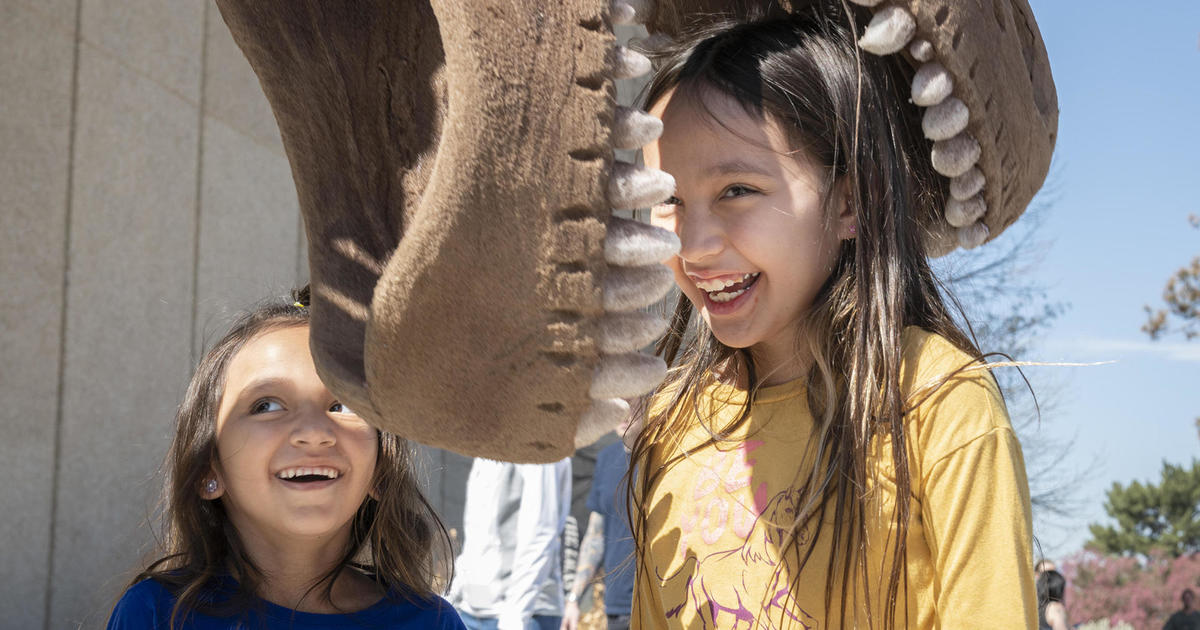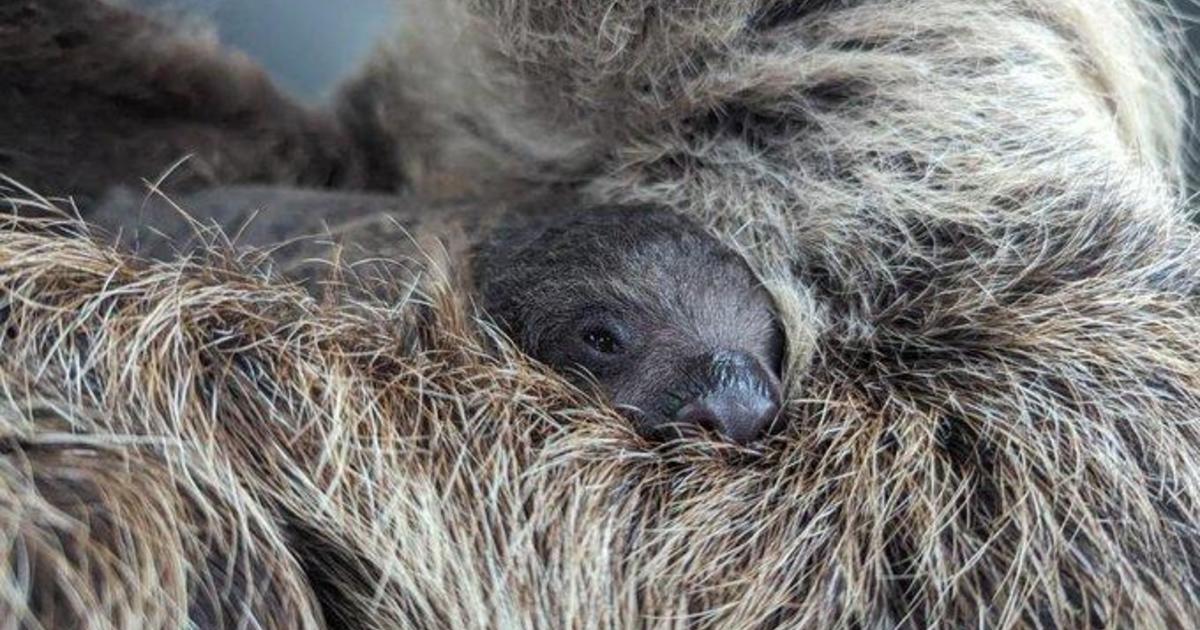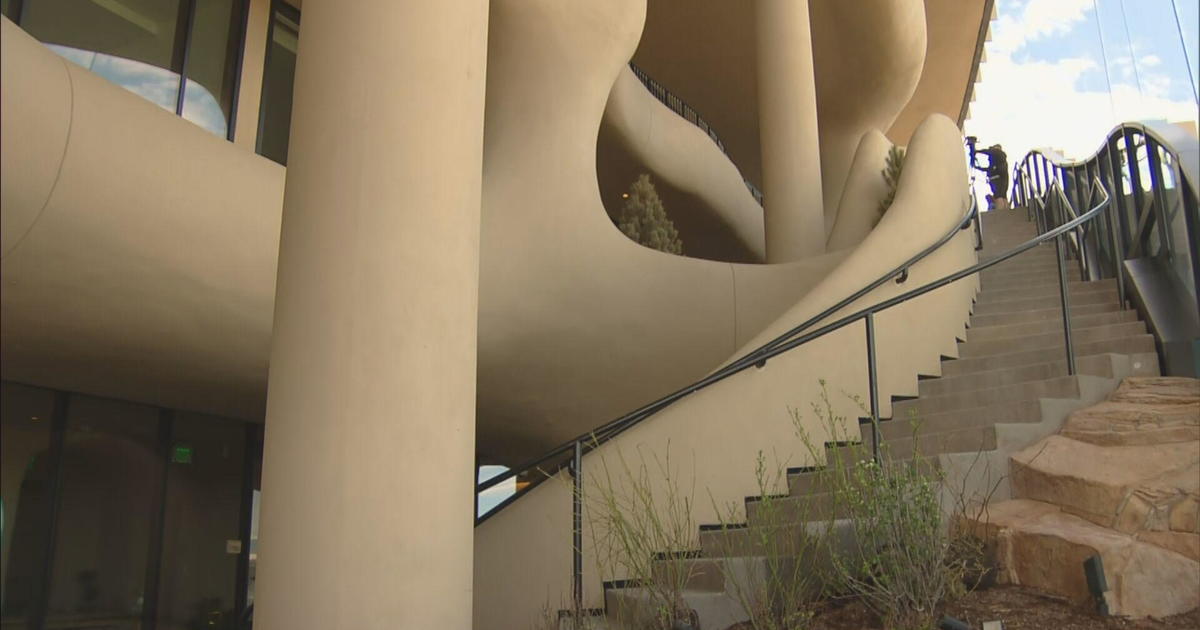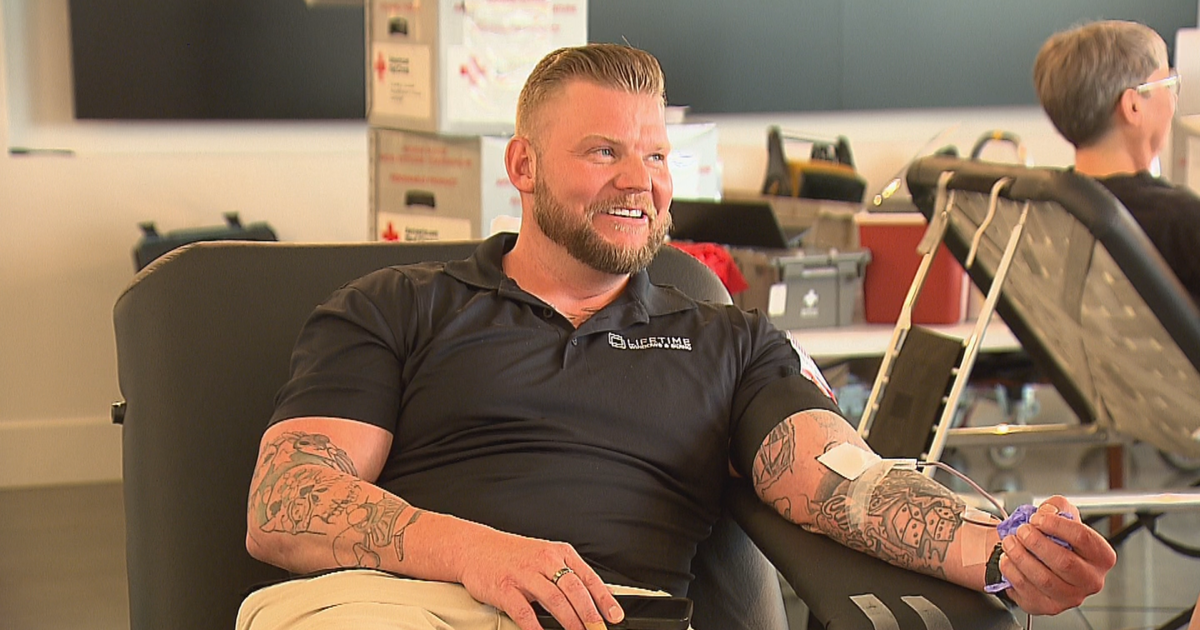Excitement Surrounds Orion Despite Scrubbed Launch
DENVER (CBS4)- Despite the scrubbed launch of the Orion spacecraft, there is a renewed excitement surrounding space travel as was evident during the early morning watch party at the Denver Museum of Nature and Science.
About 500 to 600 people were up before dawn and turned out at the museum to watch the scheduled launch of Orion from the Kennedy Space Center in Cape Canaveral, Fla.
Some of those included young scientists like 7th graders Emrick Wells and Conner Carlson. 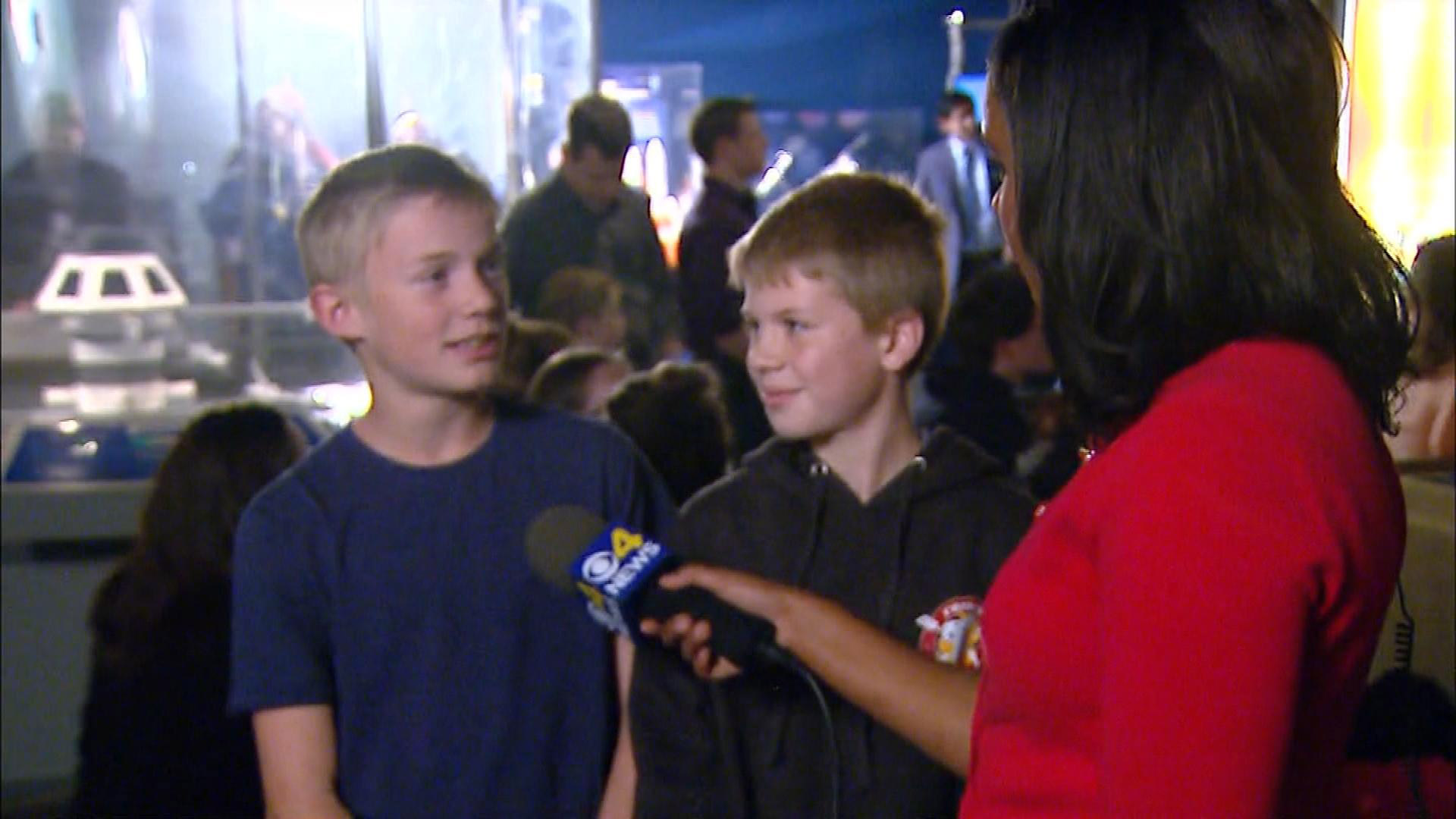
Emrick was a little nervous leading up to the planned launch because it had been delayed before it was finally scrubbed, "Kind of uneasy that it's not going to launch but definitely excited."
Conner has a personal connection to the launch, "My aunt works for Luna so we found out about it and came out."
Unfortunately, wind gusts and sticky fuel valves kept NASA's new Colorado-built Orion spacecraft on the launch pad Thursday, delaying a crucial test flight meant to revitalize human exploration.
NASA promised to try again Friday morning.
Orion is how NASA hopes to one day send astronauts to Mars. This inaugural flight, while just 4½ hours, will send the unmanned capsule 3,600 miles into space.
"Our plan right now is to put humans up around the moon in 2021," said Lockheed Martin Engineer Darrel Williamson.
PHOTO GALLERY: CBS4 Covers Orion Spacecraft Launch
There is a strong Colorado connection to the launch.
"We started building this spacecraft back in 2010 and up to this year, we finished it. One of the big things that was done here was the heat shield, the base was done here and a lot of the thermal protection system was done here and the avionics," said Williamson.
The Orion's heat shield was made by the people at Lockheed Martin in Littleton, and United Launch Alliance in Centennial built the rocket that will lift it into space. The whole event will be able to be seen courtesy of flight cameras built buy Ball Aerospace in Broomfield.
"United Launch Alliance, we build launch vehicles. So the majority of what you see on the screen right now is actually our product with the Orion vehicle sitting on top. It's our job to put it where it needs to be. You'll see our first-stage rocket and the engine light and it will take the payload up and then our second stage will actually separate and will be with Orion through three hours and 23 minutes into the flight before we finally let her go," said United Launch Alliance spokesman Trevor Kilpatrick.
It's the first attempt to send a spacecraft capable of carrying humans beyond a couple hundred miles of Earth since the Apollo moon program.
"It's an incredilble amount of work by an incredible number of people. ULA alone we have 3,500 employees spread across the country, Lockheed is many more than that but it takes a lot of work to get to this point, not just engineering but communications and finance people. The workload is just incredible," said Kilpatrick.
The ultimate goal, in the decades ahead, is to use Orion to carry people to Mars and back.
"This is the first step and this is a flight test article which is being used to test out the various things that we can't do on the ground like the heat shield coming in through a lunar re-entry and then also the avionics going through the radiation environment," said Williamson.
"This kind of attention hasn't been paid to the launch industry in quite a while so it's exciting to see all these people show up this morning and all the interest there is in this launch," said Kilpatrick. "It's awesome."
LINKS: NASA-Orion | Lockheed Martin-Orion
